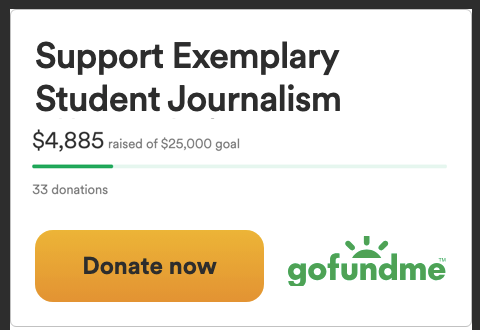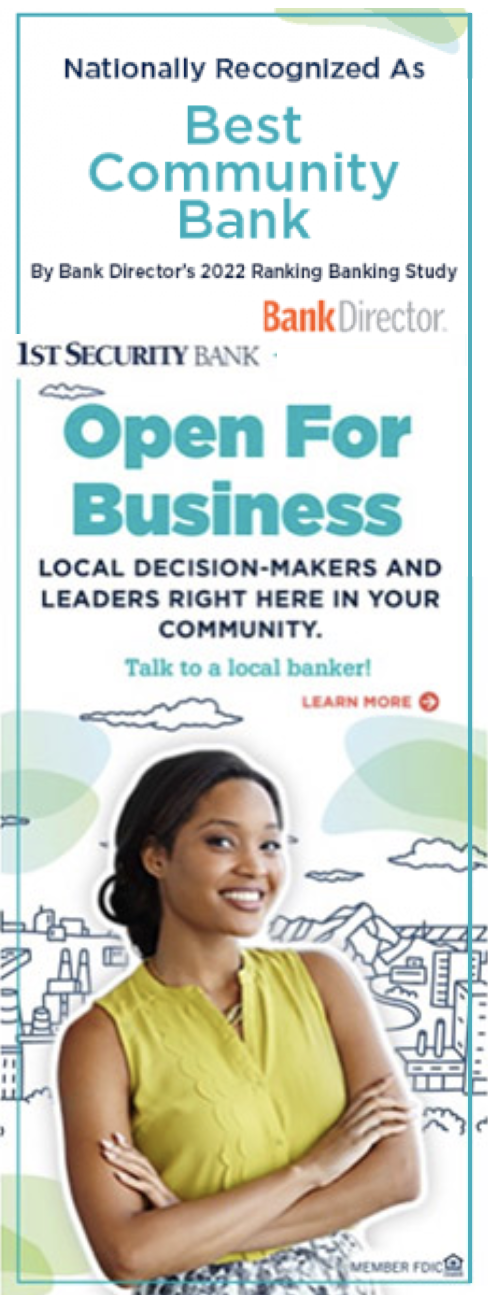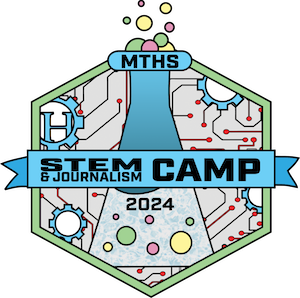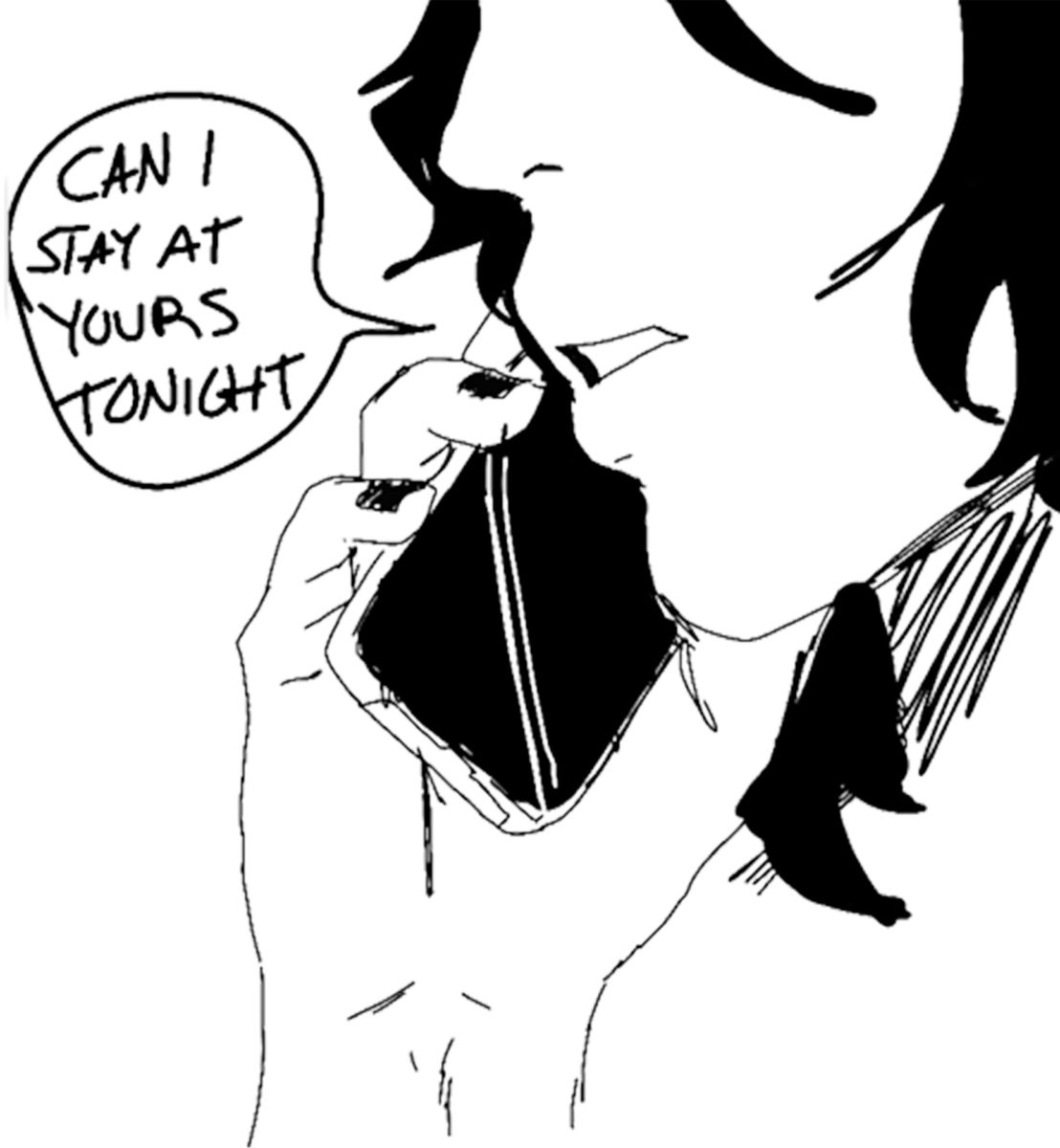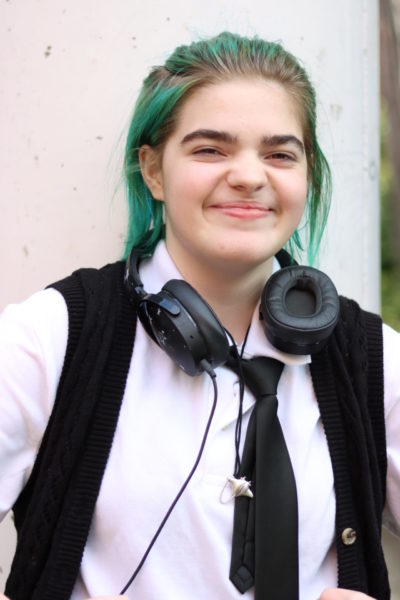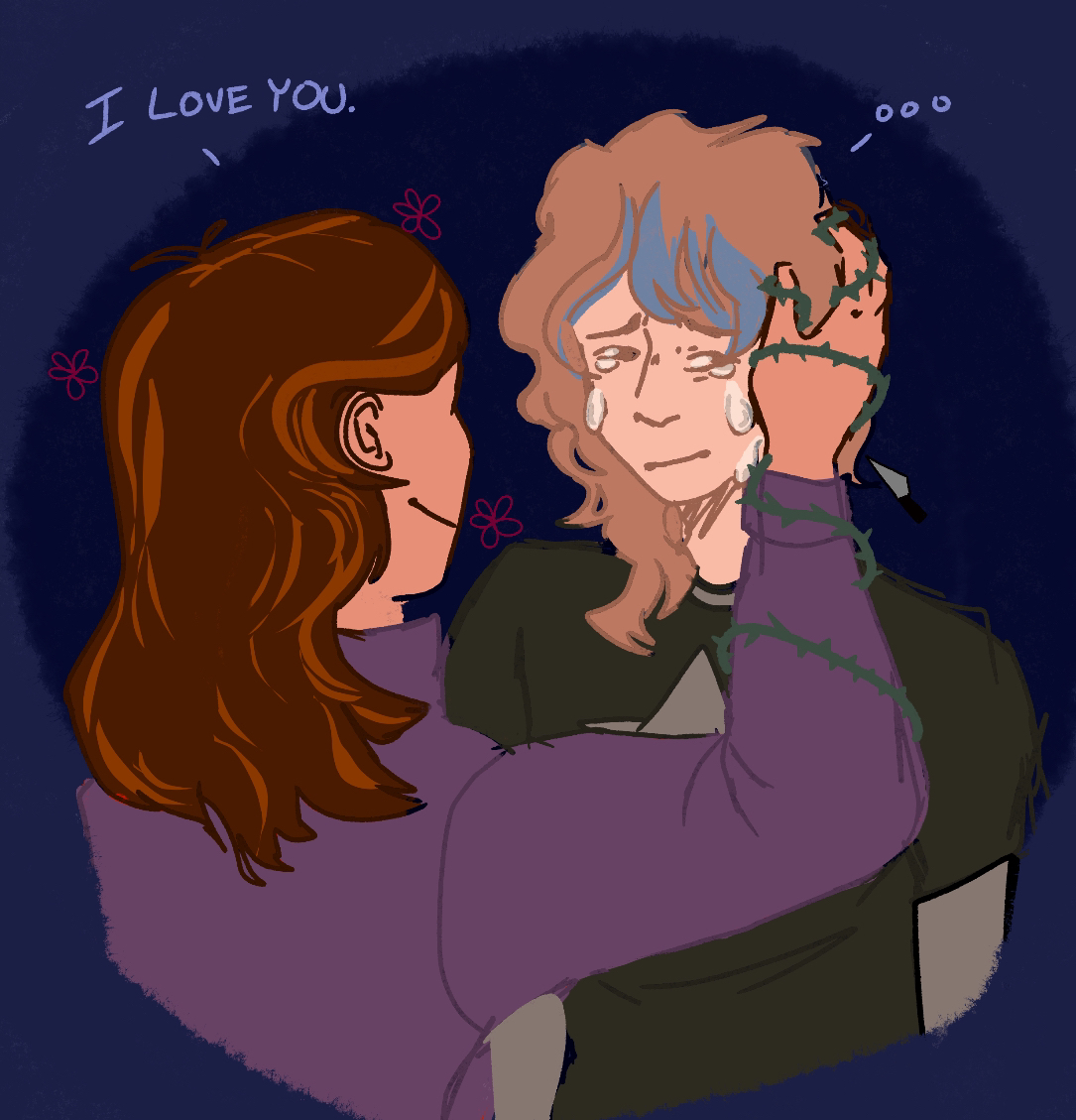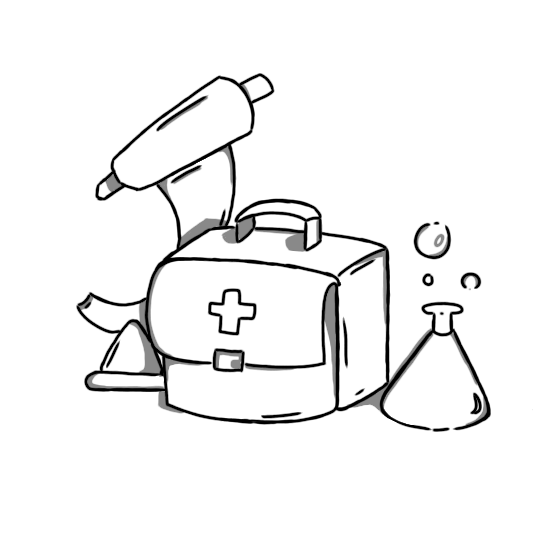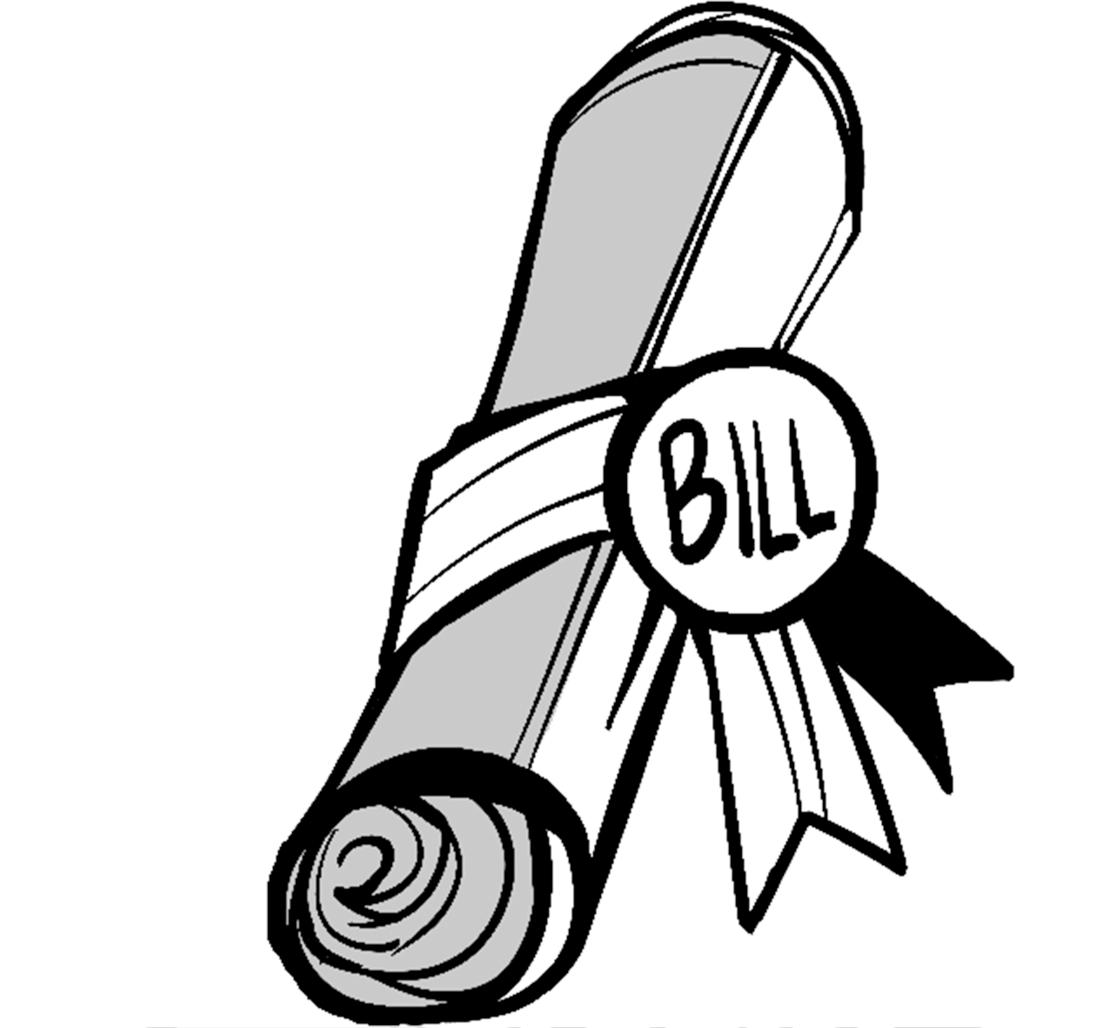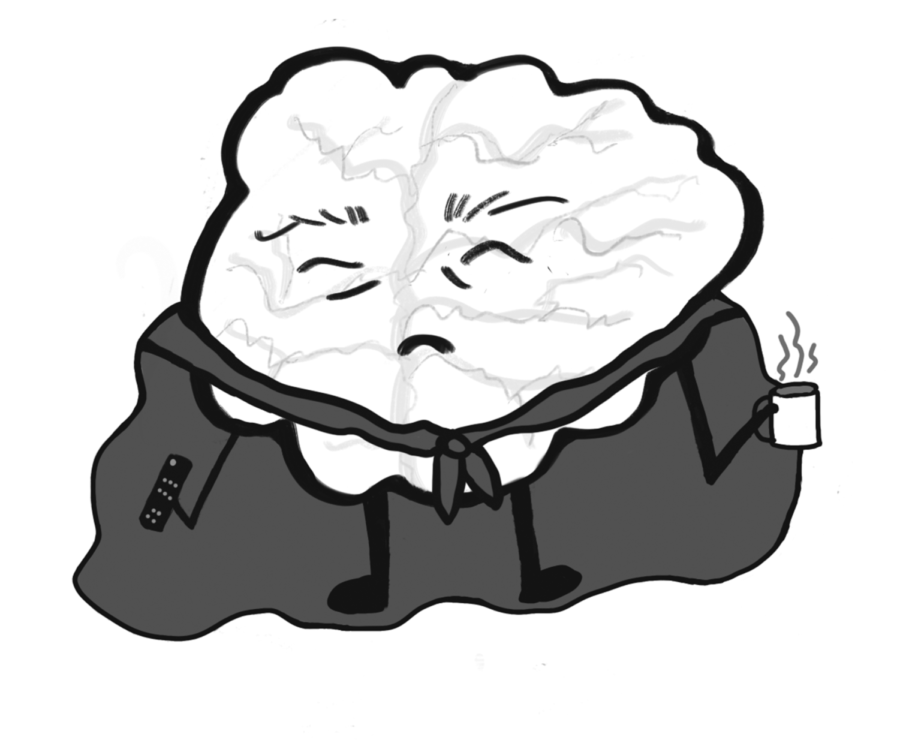A 2021-22 report made by the Washington Office of Superintendent of Public Instruction (WOSPI), stated that 37,337 students currently enrolled in Washington state schools were experiencing homelessness. In a separate 2021-22 report, the Department of Education stated that there were 626 students considered homeless who were enrolled specifically in Edmonds School District. It is also stated that 1,911 children were living in poverty from the ages of 5 to 17 in the Edmonds School District.
At MTHS, specifically, there were a reported 45 students enrolled in 2022-23 that were considered homeless by a separate report made by WOSPI. Additionally, 484 students enrolled in MTHS during that school year were identified as low income students.
This translates to 3.1% of all students enrolled in MTHS were considered to be homeless during the 2022-23 school year, with 33.5% of all students in MTHS being identified as low income during that same school year. This means that more than a third of all students within the school during last school year were low income students, with a staggering 3.1% of the entire school being homeless during that year. Homelessness and poverty have been becoming a significant issue for multiple years now at MTHS, with the pandemic only accelerating the impact on students.
In accordance with information received from Washington Kids in Transition, 38 MTHS students are currently registered as McKinney Vento students. The McKinney-Vento Education of Homeless Children and Youth Assistance Act was signed into law on July 22, 1987, and was renamed on Oct. 30, 2000 to its current name.
This law provides resources and services to students identified as homeless to ensure that they receive the same education as their peers. The McKinney-Vento Act also provides state funding to support district programs that benefit homeless youth. The McKinney-Vento Education of Homeless Children and Youth Assistance Act requires the following, according to the text of the act:
Students experiencing homelessness must be provided the same, free public education that all students receive.
Compulsory residence requirements, local/state laws, regulations, practices, and policies cannot interfere with identification, enrollment, attendance, and success of students identified as homeless and will be revised should they interfere with anything mentioned above.
Homelessness is NOT a reason to separate students from the main student body.
Homeless Students should have access to education and other services that give them the opportunity to meet the same state standards all students are held to.
The McKinney-Vento Act and WOSPI both describe many different variations of living situations, as well as different kinds of homelessness. These include being doubled up, living in hotels/motels, living in shelters, and living unsheltered.
WOSPI described living doubled up as “Sharing the housing of other persons due to loss of housing, economic hardship, or similar reasons.” Living in hotels and/or motels frequently due to lack of adequate or permanent housing is another example of homelessness. Shelters on the other hand are considered supervised establishments, “designed to provide temporary living accommodations,” according to WOSPI.
Living unsheltered is described by the McKinney-Vento Act as “living in cars, parks, public spaces, abandoned buildings, substandard housing, bus or train stations, or similar settings.”
Additionally, living in places not originally intended for living is also considered being homeless. Some examples of this are hospitals, schools, office buildings and other places of work.
Despite how apparent this homelessness epidemic is in the community, there is hope for improvement, and there are ways to help (see the story below).
Ways to support students facing homelessness
Many organizations are located within or have dedicated branches in Washington state that assist homeless students. These organizations include Washington Kids in Transition, Clothes for Kids, A Way Home Washington, YouthCare, The Mockingbird Society, as well as many other organizations.
Washington Kids in Transition provides resources to homeless families and youth, providing whatever resources a student may need to stay in school. This could be clothes, school supplies, backpacks, as well as many other supplies. Washington Kids in Transition has a distribution center located in Lynnwood that provides these services.
Clothes for Kids provides quality clothing for low-income families and accepts clothing donations as well as volunteer work.
A Way Home Washington provides state-wide support for homeless youth, and are currently building systems to respond to the housing needs of young people. Money donations are also accepted by A Way Home Washington.
YouthCare provides services for learning life skills as well as resources for youth including clothes, meals, medical care, showers, and more. YouthCare accepts money donations as well as any other resources that could help youth in poverty.
The Mockingbird Society works to transform foster care for the better, as well as end youth homelessness. They strive to create healthy environments for youth and advocate racially equitable support systems for homeless youth, as well as youth in foster care. The Mockingbird Society also accepts money donations through their website.
Many churches and other places of worship also have programs or services for their communities that support and assist the homeless and impoverished.
Homelessness and poverty among Washington youth have been increasing dramatically during the past few years, with MTHS having a substantial number of students experiencing these conditions. Any contribution to this crisis matters, even if it’s simply treating fellow peers with the respect that all deserve.
Washington Kids in Transition (Lynnwood)
A Way Home Washington (Seattle)
The Mockingbird Society (Seattle)


